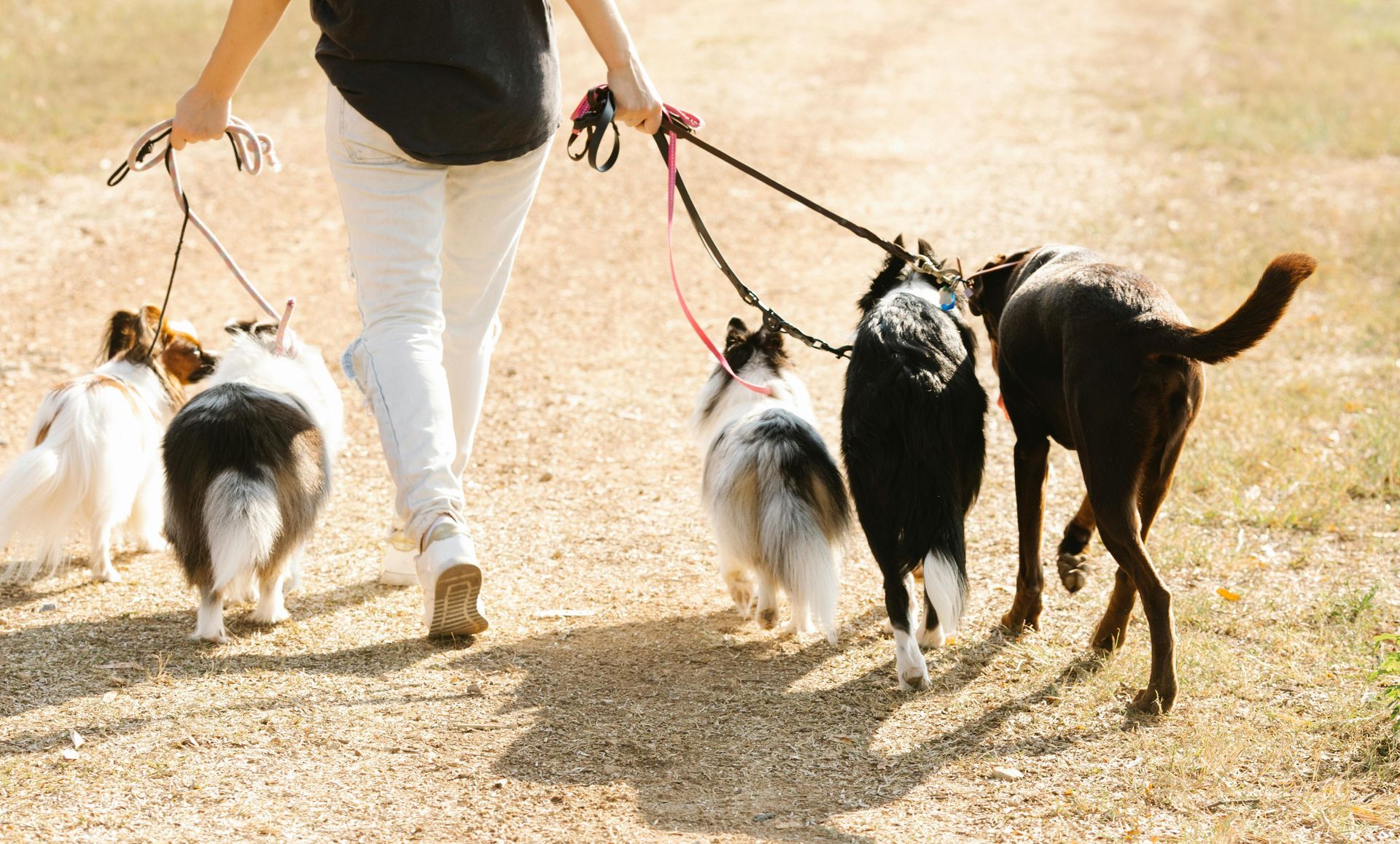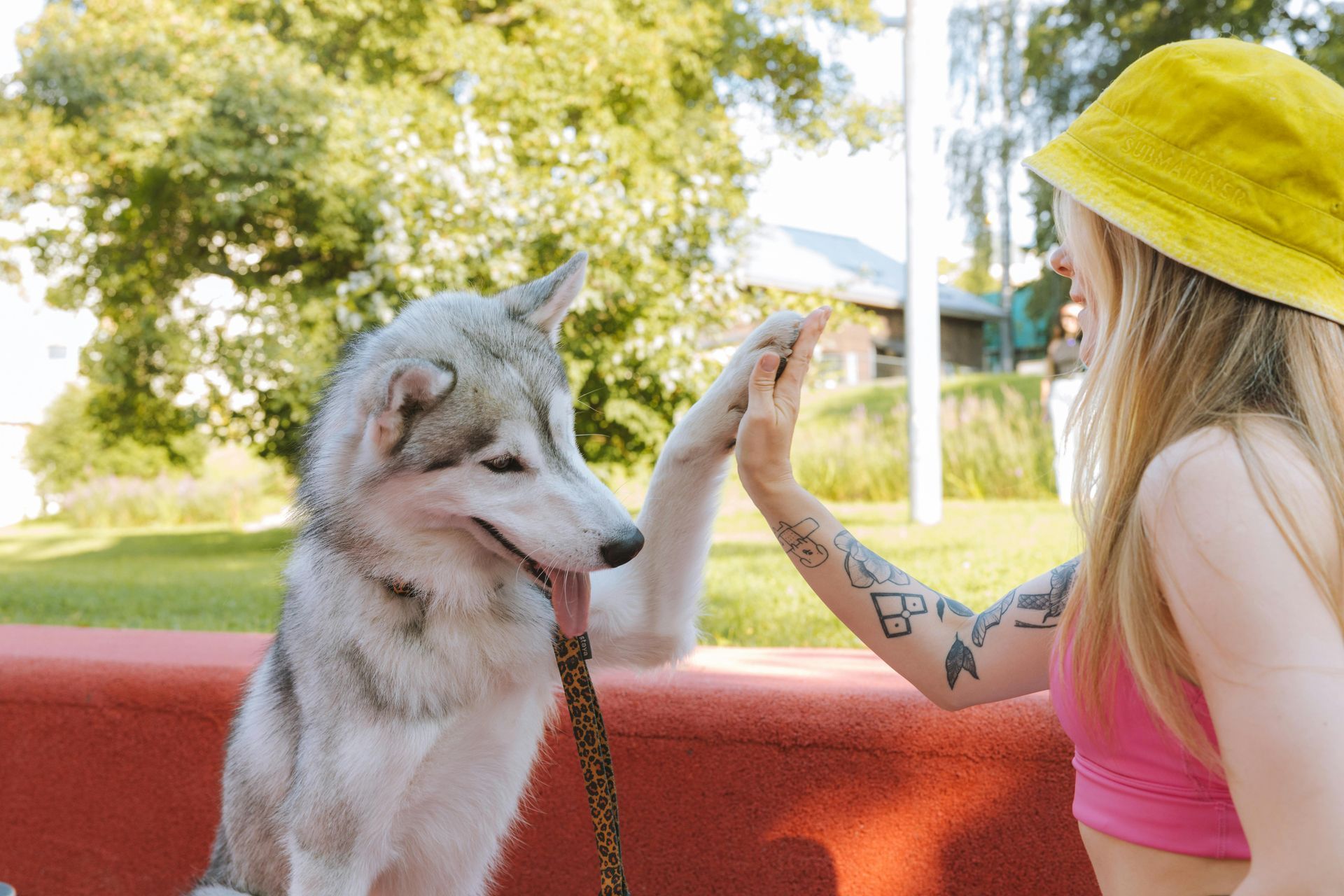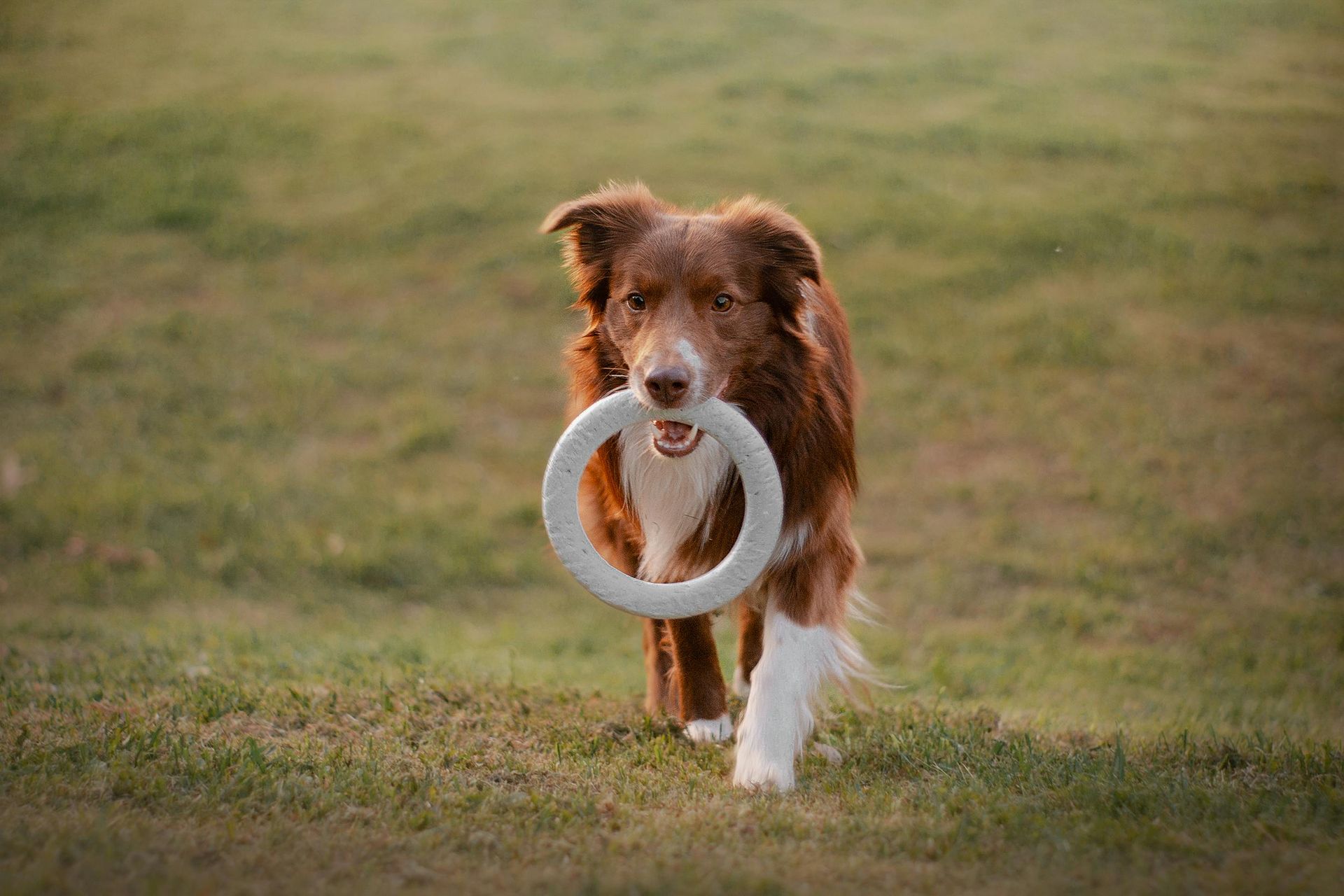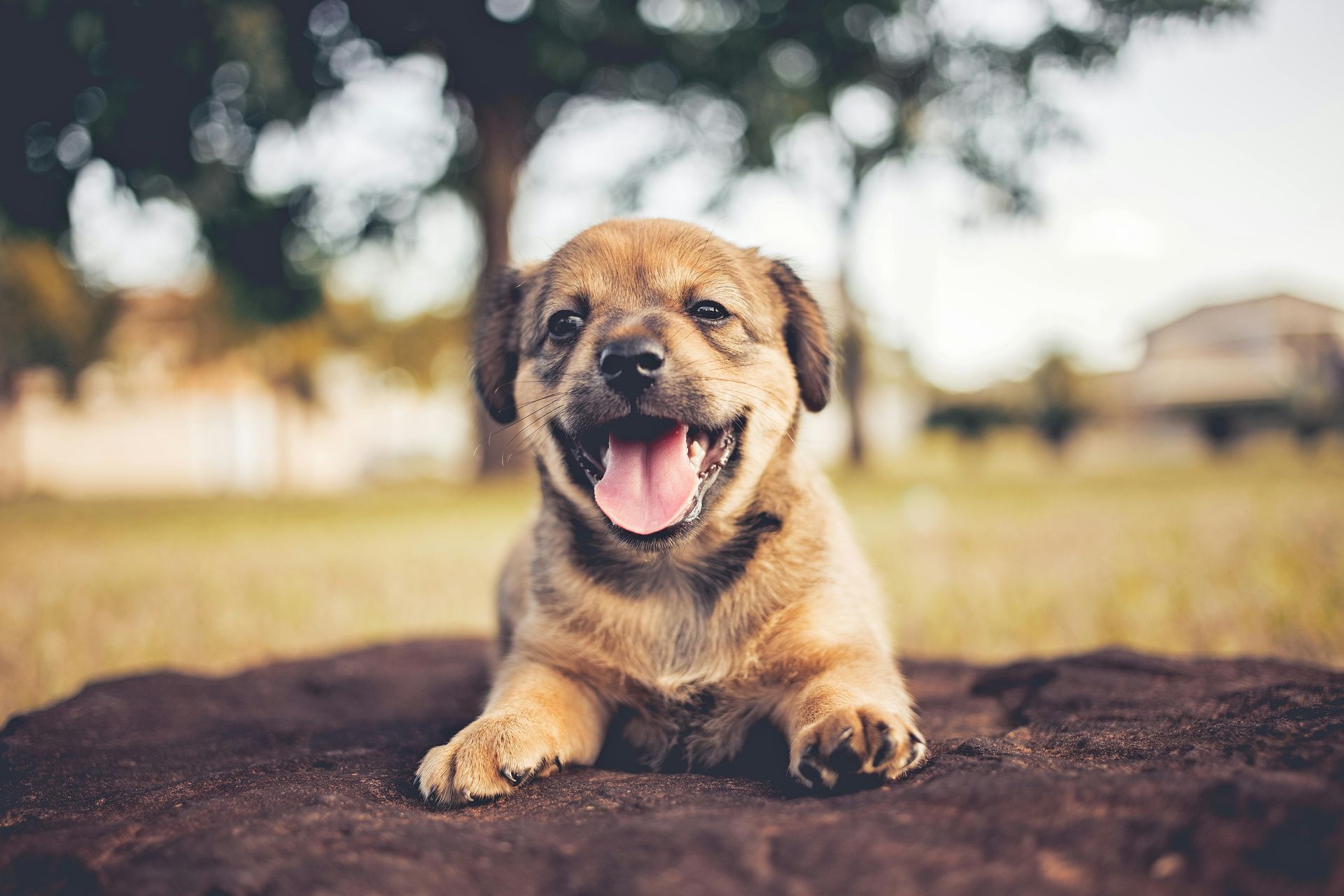Introducing Vegetables to Your Dog’s Diet
Incorporating vegetables into your dog’s diet can provide health benefits such as weight management and immune support. However, not all vegetables are safe for canine consumption. Here’s a guide to help you understand which vegetables to include and which to avoid.
Safe Vegetables for Dogs
Many vegetables can be a healthy part of your dog's diet when given in moderation:
- Carrots and Green Peas: Both are nutritious and generally safe. Carrots are good for dental health, while peas provide a good source of vitamins A, K, and various B vitamins.
- Green Beans, Zucchini, and Broccoli: These vegetables are low in calories and high in fiber, making them great for weight management. However, broccoli should be given sparingly as it can cause gas.
- Spinach: Although high in nutrients, spinach should be given in small amounts because it contains oxalates, which can affect kidney function over time.
Vegetables to Avoid
Certain vegetables can be harmful to dogs and should be excluded from their diet:
- Onions, Garlic, and Chives: These contain thiosulfates, which can cause toxicity and lead to red blood cell damage.
- Avocados: Contains persin, a fungicidal toxin that can cause health issues in dogs.
- Tomatoes and Raw Potatoes: These belong to the nightshade family and contain solanine, a compound that can be toxic in large quantities. Ripe tomatoes are generally safe in small amounts, but green tomatoes and raw potatoes should be avoided.
Moderation is Key
- Asparagus: Non-toxic but tough and fibrous, which can be hard for dogs to digest. Light cooking without added fats can make asparagus easier for dogs to handle.
- Brussels Sprouts: Safe in moderation but can cause gas and bloating.
- Beets: Non-toxic but can lead to gastrointestinal upset and are linked with increasing the risk of bladder stones.
- Cabbage: Safe but contains thiocyanate, which can impact thyroid function if consumed in large quantities.
General Tips for Feeding Vegetables
- Preparation: Thoroughly wash all vegetables to remove pesticides. Cook tough vegetables to aid in digestion.
- Introduce Slowly: Start with small quantities to assess your dog’s tolerance.
- Consult Your Veterinarian: Always discuss dietary changes with your vet, especially if your dog has health issues or dietary restrictions.
Vegetables can be a great addition to your dog's diet, offering variety and essential nutrients. However, it's crucial to know which vegetables are safe and how to properly prepare them. Always start with small amounts to see how your dog reacts and consult with your vet if you’re unsure about adding any new food to your dog’s diet.








